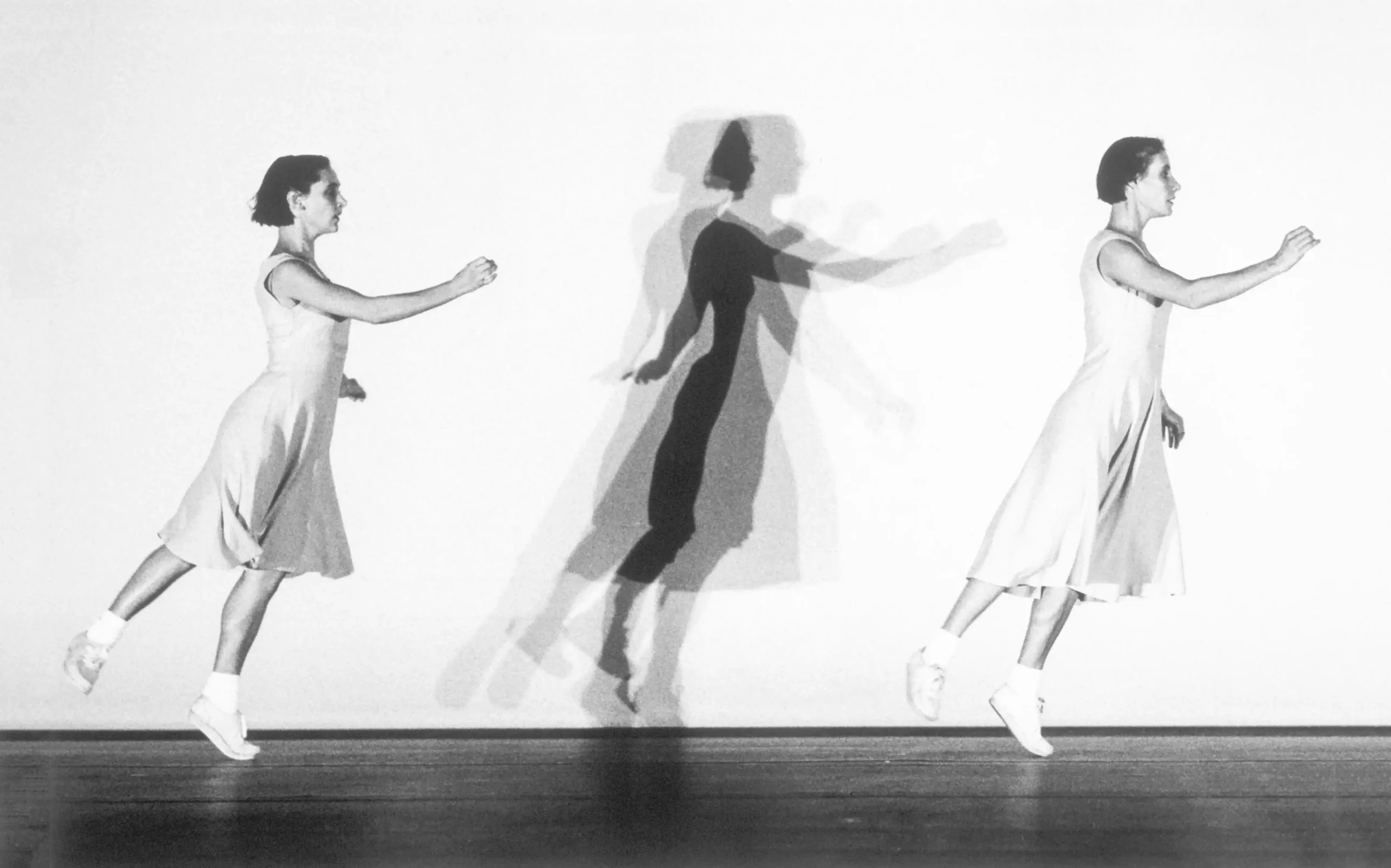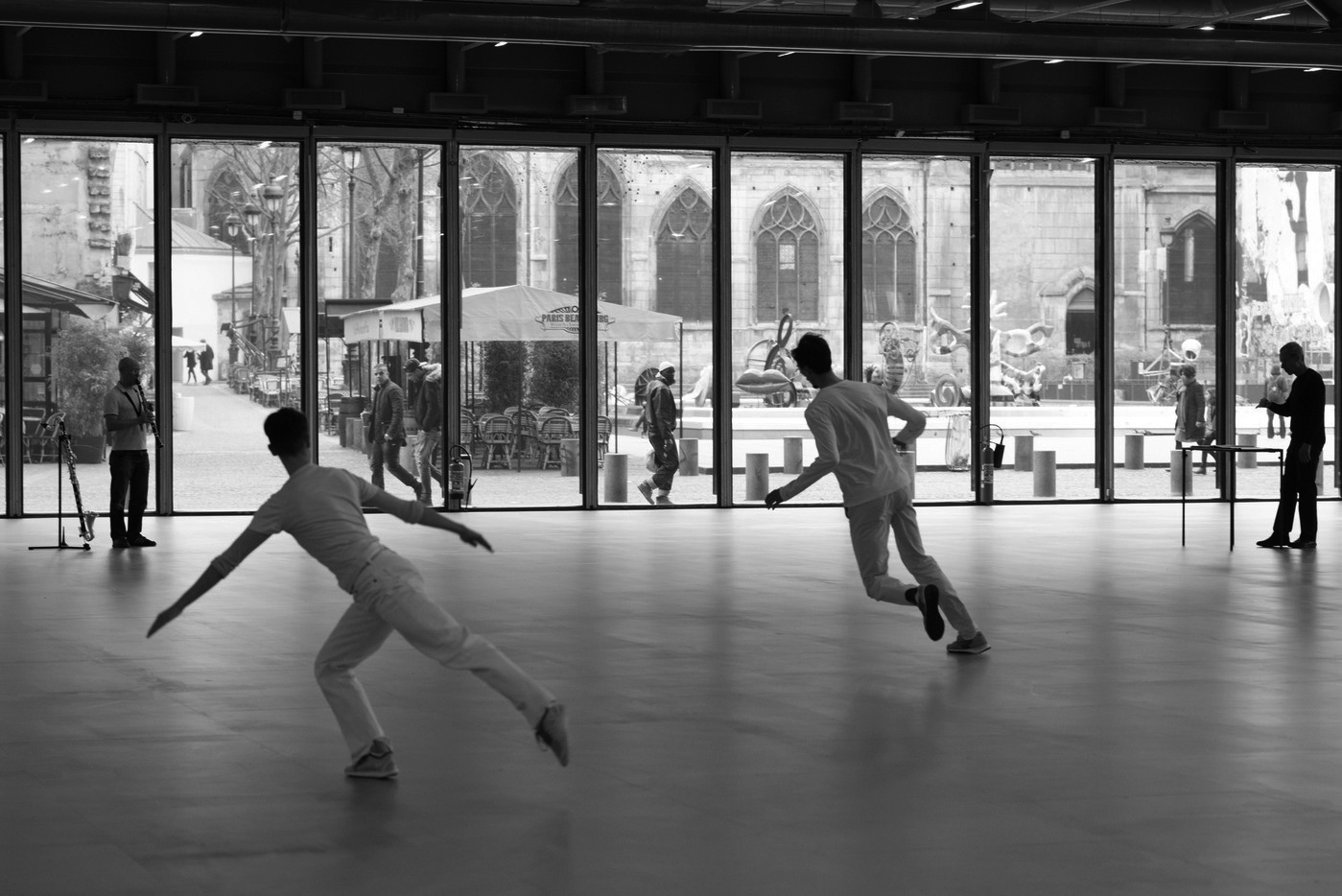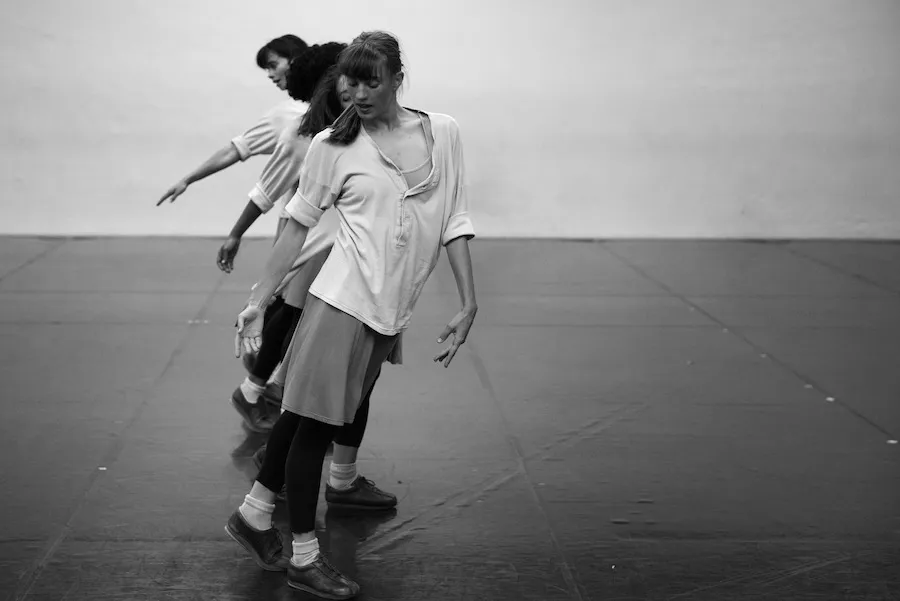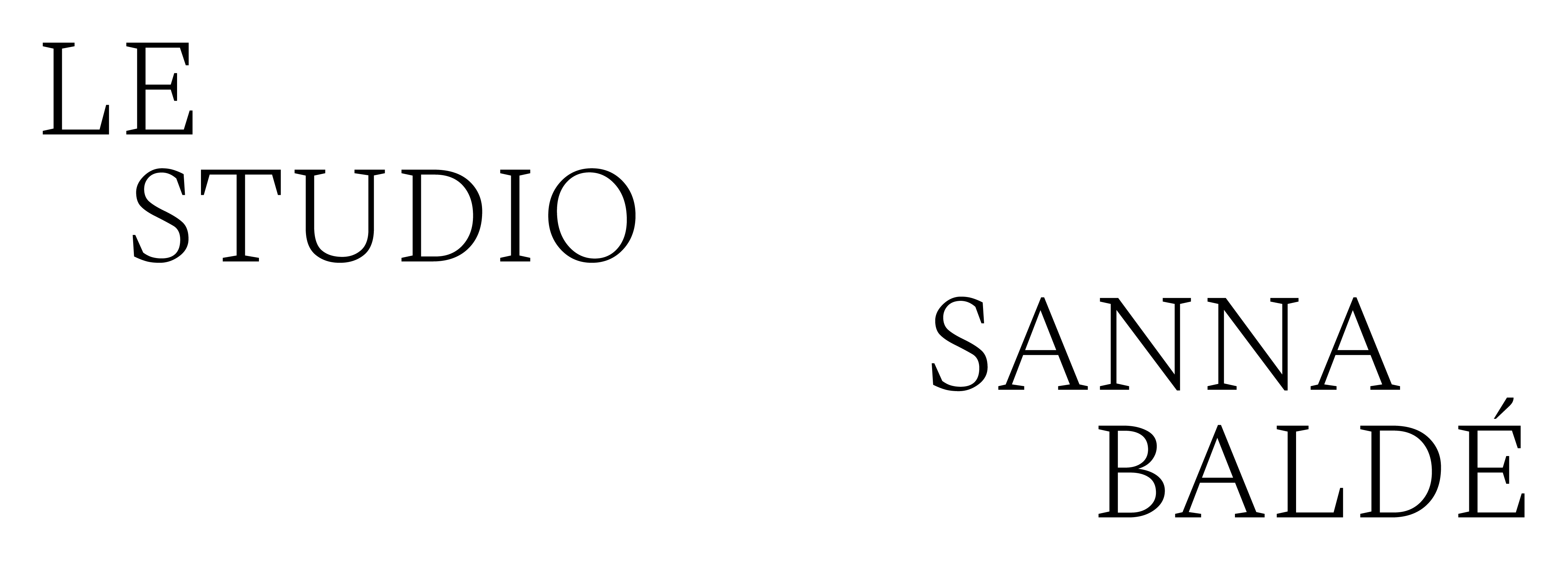
Photo : Heman Sorgeloos
INCLUSIVE DANCE TO REINVENT PUBLIC SPACE
The Studio explores the relationship between space, rhythm, the body, and the city in its practice of urban architecture. Dance is a research-action theme in its architecture, urban planning, and design. How and why use dance as a tool to design public space?
Public space for everyone has become a prominent debate over the past decade, making gender equality in public space the subject of numerous studies. The use of public space is neither neutral nor equal. Although municipalities display their commitment to greater gender parity, urban planning specifications or calls for projects seem to underestimate it. Can we then conceive and create a more inclusive and welcoming city for women?
Dance can collectively decondition the positions of individuals in public space in a “slow walk” approach, as proposed by choreographer Anne Teresa De Keersmaeker with dancer-walkers, not as a performance dance. Re-examining dance as a space for diversity could thus promote a more equal city. This “inclusive” dance is a tool to meet others, appreciate differences, and reinvent the construction of public spaces.
Space, for both the dancer and the architect, is not neutral; for one, it is to be occupied, traversed, inhabited, modified; for the other, these actions are performed and showcased in a choreography.
Diversity and inclusion constantly prove to be accelerators of creation and innovation in all fields and could be a catalyst for a new urban fabric.

The choice of materials is a strategic step in the development of urban projects. Designing public spaces should strengthen the city’s identity by considering both the urban and landscape context and should facilitate simple and intuitive use. Materials must adapt to all practices and movements: dancing, walking, skating, running, resting, playing…
Residents and their uses are fundamental elements in defining the project. Translating a better understanding of the relationships between public space, movements, and user practices is an essential part of our approach. Exploring the composition of space, materials, repetition, movement, and uses allows us to invent these “spaces for dancing.”
By combining the scales of our interventions, from furniture to the city, we can develop this strategy of inclusivity.

Photo : Anne Teresa De Keersmaeker
INTERACTIONS BETWEEN THE BODY AND THE CITY FOR MORE ASSERTIVE EQUALITY
In our projects, we propose inventing collective forms of public spaces through dance as a social means to prefigure new uses of the city and to raise awareness among residents. The goal is to correlate choreographic walking with that of the architect, inviting participants of all ages to rediscover their city. The “slow walk” dance allows everyone to get to know the territory and practice it, noting the main constraints, advantages, and unique buildings while taking part in the artistic performance. All residents can participate and freely find their place to share the city and make it more interactive.
This novel practice is a pretext to work with residents. Like the choreographer-architect duo Frederic Flamand and Thom Mayne, we study the interaction between architecture (the city) and the bodies of urban or rural inhabitants as a vector of mutual transformation. We view the city as a dynamic system made of tensions, conflicts, ruptures, but also desires. It allows the choreographer to speak and showcase the “living body in the city.” Again, the link between architecture and dance is not merely circumstantial; it is about questioning our relationship to the world through these two fields in the articulation between the body and the city for more assertive equality.

Photo : Anne Van Aerschot
THE GRAMMAR OF GESTURES




